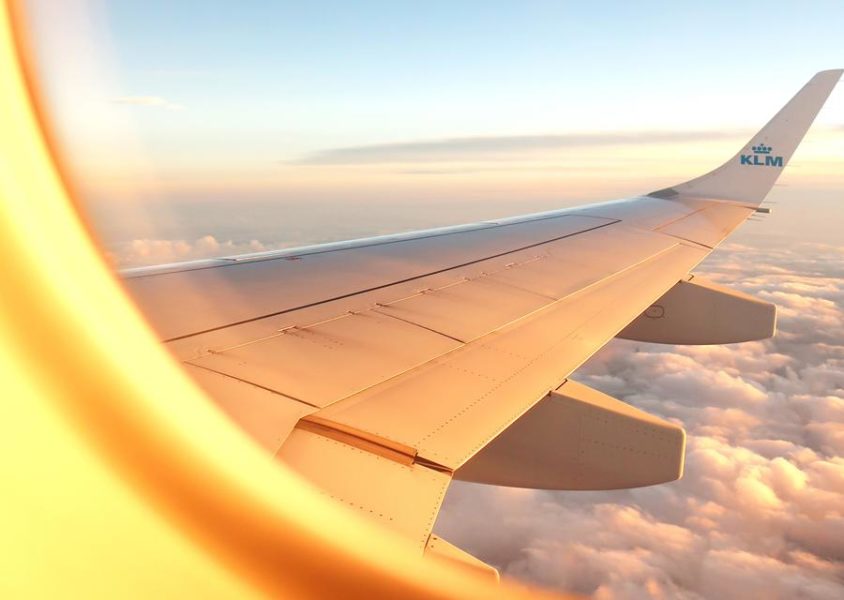
OK, it might not come as a huge surprise to many of you, but the jet lag therapy market is on a serious rise. It was bound to happen really. As our world became more connected, our economy more global and our international flights more frequent and affordable, as did our need to hop between time zones expanded. And it wasn’t until that long when jet lag was just something you were told to sleep off, but today, jet lag’s effects are becoming a serious issue for so many of us. Enter the jet lag therapy market.
Estimated to grow to $732.4 million by 2023, a mere three years away, this is a market that is desperate to cure our jet lag syndromes. But is that even possible?
To understand whether curing jet lag is even possible, it’s important to understand what jet lag actually is and why it has such an impact on our wellbeing – particularly on our ability to sleep and our energy levels. When we hop between time zones we are literally disrupting the consistent and consecutive 24-hour (ish) daily rhythm of our body, which is controlled by our circadian rhythms – which are triggered by the intake of light through the eyes. So if you think about it, how light changes throughout the day from bright morning light to afternoon to dim and warm evening tones to darkness is in fact a mechanism that keeps our body in check and tells it how to behave, when to be tired and when to be energised.
The jet lag therapy market understands this very well. And the race to be the ultimate cure for jet lag is beginning to take off. In fact, it is already very much here with an estimated $300 million was spent on jet lag therapy treatments for athletes in 2017 alone.
Companies catering to this new world market are using a variety of solutions, but one thing most of them have in common is their approach to our personal light intake and how to streamline this in order to control our surroundings as we travel so we can reduce the level of circadian rhythm disruption. Imagine boarding a plane in London at 9 am and heading over to New York, landing at 11:55 am local time. While you have been flying for 8 hours under largely artificial light with some natural light streaming in from the windows, your body thinks it is 5 pm. Which means it is preparing to soon slow down for the end of the day and soon begin to relax for sleep.
However if the light is maintained somewhat controlled throughout this disruption to our 24-hour schedule, then the effects could be palpably less severe and distinctive. This could mean airlines installing circadian rhythm lighting onboard, to wearable devices like LYS that follow users’ journey and send tips and notifications if the lighting in the user’s surrounding isn’t quite right for what they need in real-time.
Needless to say, this is an exciting and extremely fast-moving market, and the recency of jet lag as a global issue means that innovators are creating solutions that have never existed before – filing for patents and helping to shape the future for a healthier connected world.